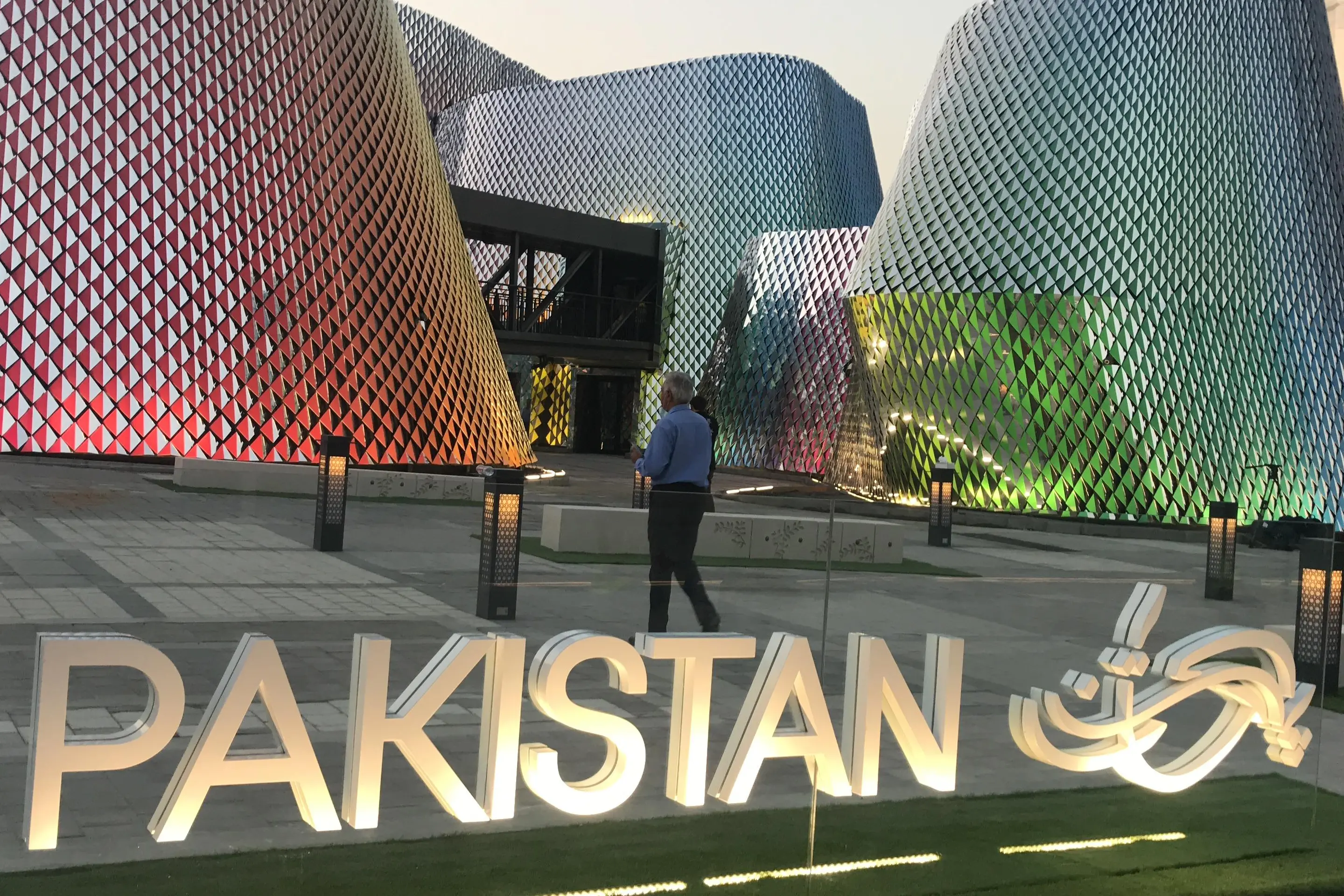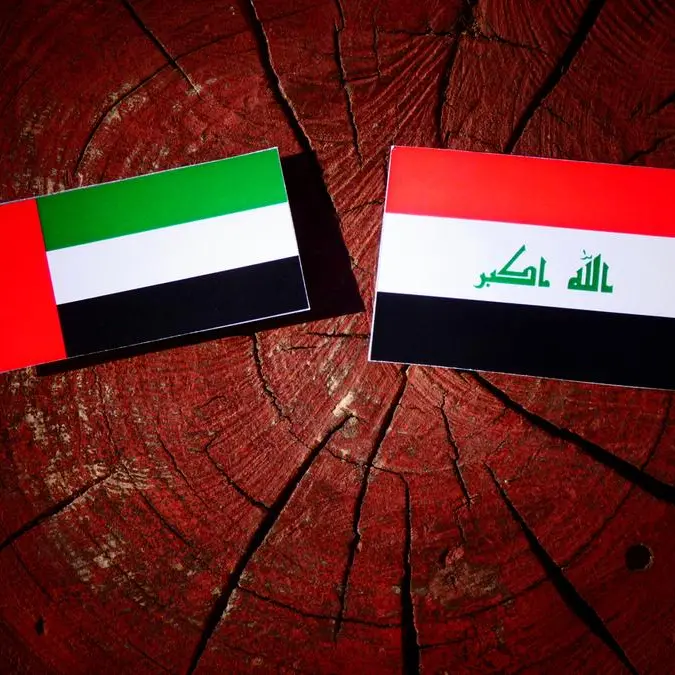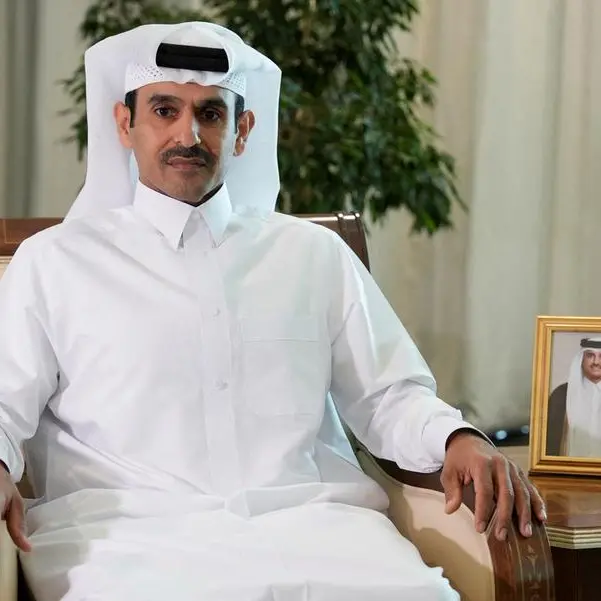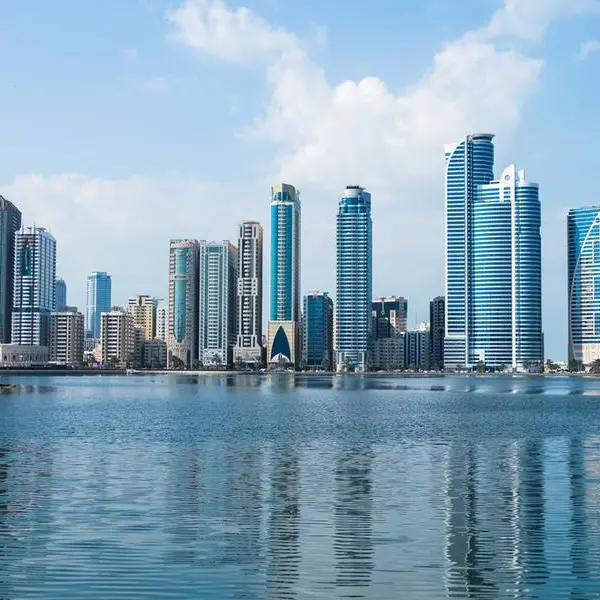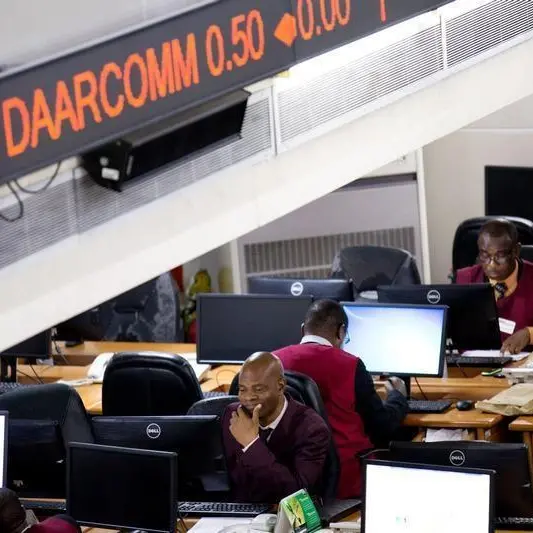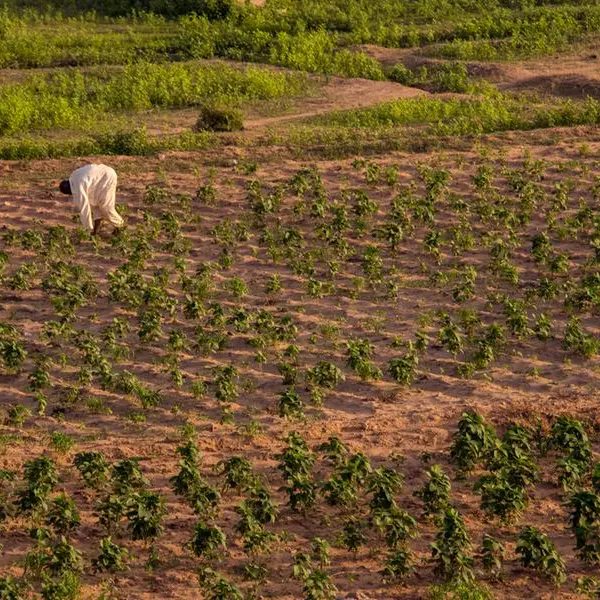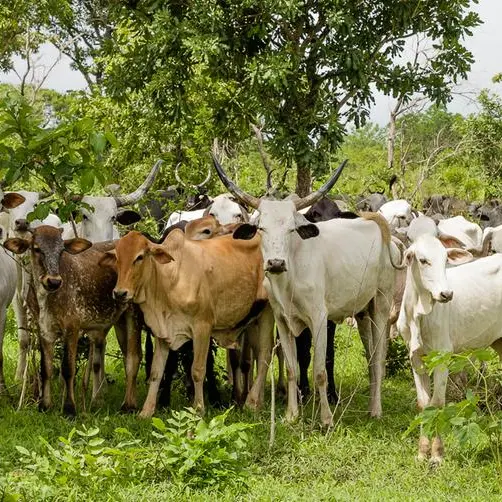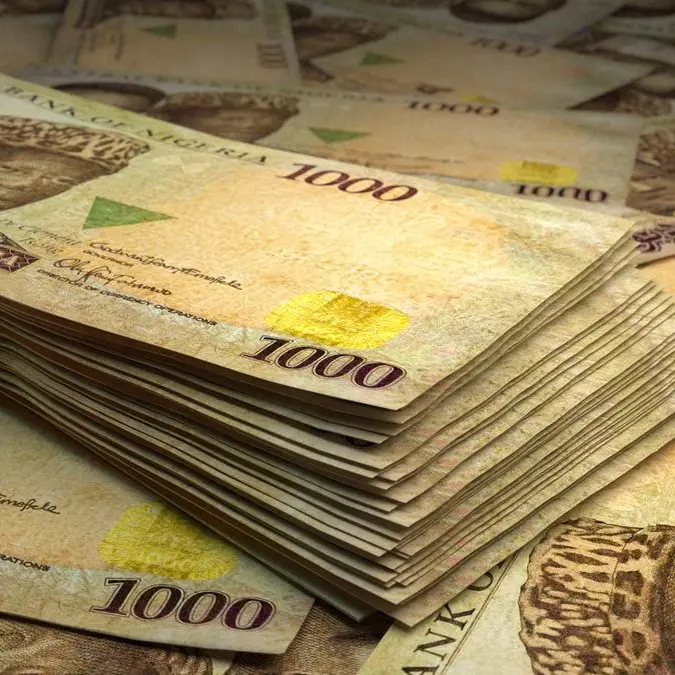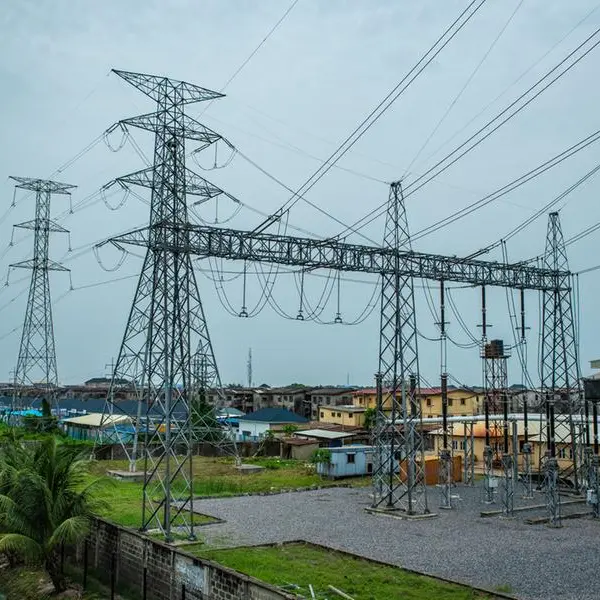PHOTO
UAE - As thousands descended to the Expo site on the first day, the Pakistani pavilion saw around 8,000 people visit its colourful pavilion on the opening day of Expo 2020..
Steeped in history and culture, the Pakistani pavilion is divided into eight key spaces where visitors can experience the country’s best-kept hidden treasures ranging from its vibrant handicrafts to its stunning topography and lip-smacking food.
Some of the high-profile visitors to the pavilion included Abdul Razak Dawood, advisor to the Prime Minister of Pakistan for Commerce & Investment and a Federal Minister, who toured the pavilion in the afternoon and stayed on till late evening.
Afroz Abro, lead programming and marketing at Pakistan Pavilion, told Khaleej Times: “The opening day was much more busy than we expected. While during the day we recorded a good attendance of 5,000 people, by evening the crowd had swelled up and we recorded visits of around 8,000 excited people from around the world.”
Abro said: “The response has been outstanding and we have people appreciating all aspects of the pavilion, ranging from the colourful façade to the vibrant bazaar and also our custom-made Pakistani restaurant called ‘Dhaba’ that has been a great crowd-puller…We are gratful to the Expo 2020 Dubai for bringing the world to us so we could show them what Pakistan is all about. After taking their reviews, we were happy to learn that coming to our pavilion dispelled many misconceptions and doubts they had about Pakistan, due to some false information they got from unreliable sources. By physically coming to the Pakistan pavilion they said they experienced the real Pakistan.”
“We are super happy at this response and we would encourage all to come visit us and learn more about our country and culture, unravel and discover the hidden treasures of Pakistan, which is also the theme of the Pakistan pavilion that aim is to highlight the ‘unique or little-known aspects of the country’,” she added.
Elaborating on the theme, Abro said: “The principal art curator at the pavilion, Noor Jehan Bilgrami, a top Pakistani artist, has put together the theme of the pavilion in a way that it tells the story of our country in a poetic way in which the past, present, and future are woven together as a tapestry that reveal its rich and layered history, culture and traditions, as well as the potential and possibilities it holds for the future. From the dawn of civilization to the history of Pakistan to the present and to what level Pakistan aims to reach is all displayed across the different sections of the pavilion.”
The inner journey
The pavilion is divided into eight key spaces where visitors will experience the country’s best-kept treasures. It features a custom-made Pakistani cuisine restaurant called ‘The Dhaaba’ (food court) that will feature the country’s authentic, centuries-old cuisine for global audiences to savour. It also offers indigenous dishes from each region.
Pavilion visitors enter through a door adorned with hand-beaten copper triangles under a Kashi (tiled) ceiling, past earthenware pottery, jewellery and toys — replicas from the Indus Valley Civilisation that flourished in the region some five thousand years ago. A meticulously painted timeline by artist Naveed Sadiq depicts different historical eras in miniature style, beginning with a spectacular contemporary brass sculpture (based on Mehrgarh’s pottery) by artist Fahim Rao.
A narrow passage then takes visitors on a mesmerising journey of light and shadow through the ‘Sheesh Mahal: Pathway of Mirrors’ installation, to show revival of the craft of Ayina-kari on a huge scale.
From here, visitors are transported to Pakistan’s breathtaking landscapes — the sheer scale of which reduces one to a particle of dust. Nestled in these landscapes, the two ancient communities of the Mohanas and the Kalasha are depicted through installations in wood and textile.
A dark passage leads visitors to the heart of the Pavilion where Pakistan’s sacred spaces are celebrated - heralded by drums, bells, and the whirl of a red-robed dervish. Light filters from a carved wooden jaali (grid) and exquisitely painted fresco panels inspired by the Wazir Khan Mosque in Lahore adorn the wall. Binding all this are the stunning films capturing the spirit of coexistence across mosques, shrines, temples, gurudwaras and churches in Pakistan.
A souvenir shop with art and craft works unique to Pakistan will also be part of the pavilion to allow visitors to take home a bit of Pakistani culture from its array of cultural memorabilia available. The pavilion will also host several entertainment and business events throughout the six months of the Expo.
Copyright © 2021 Khaleej Times. All Rights Reserved. Provided by SyndiGate Media Inc. (Syndigate.info).
